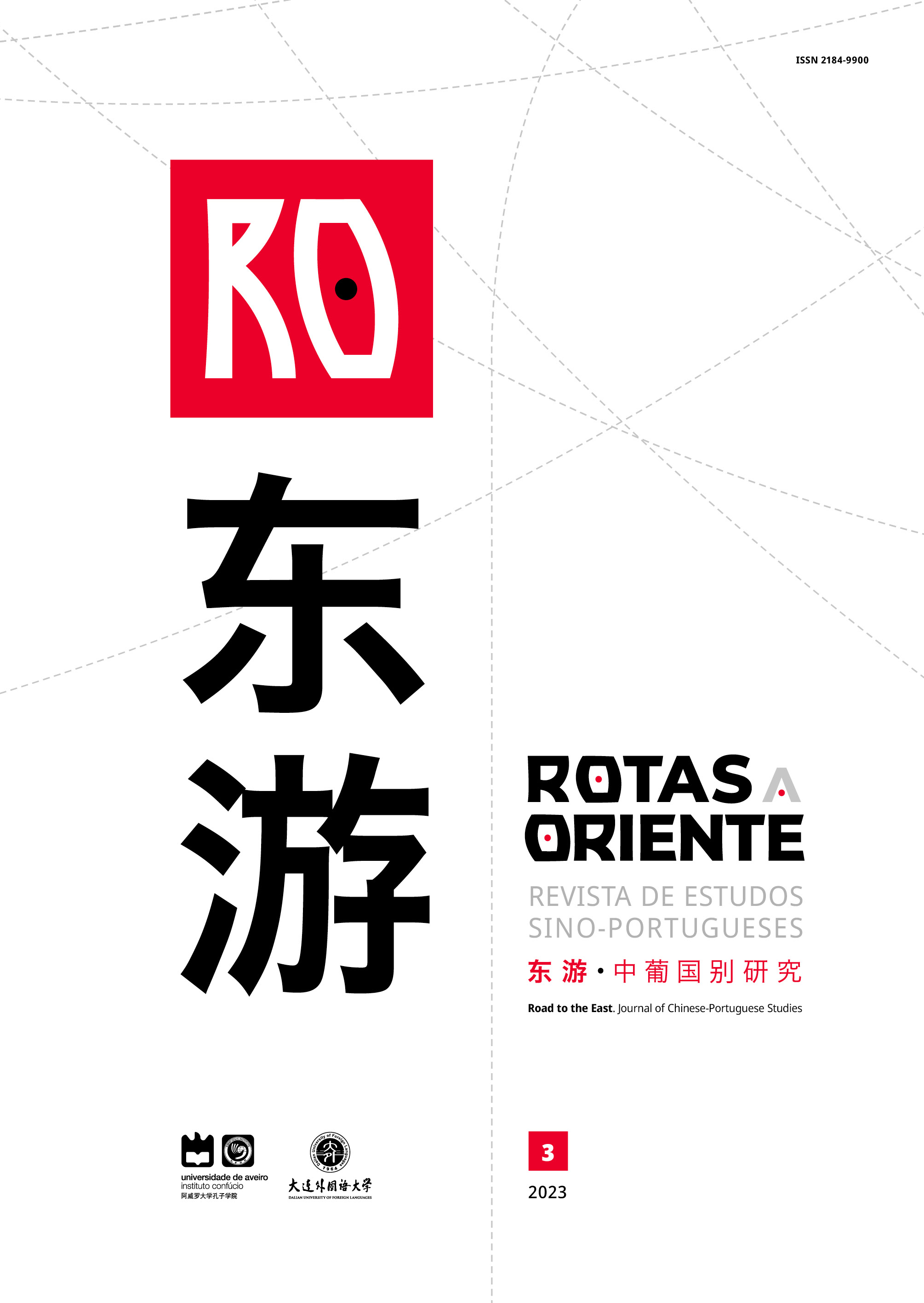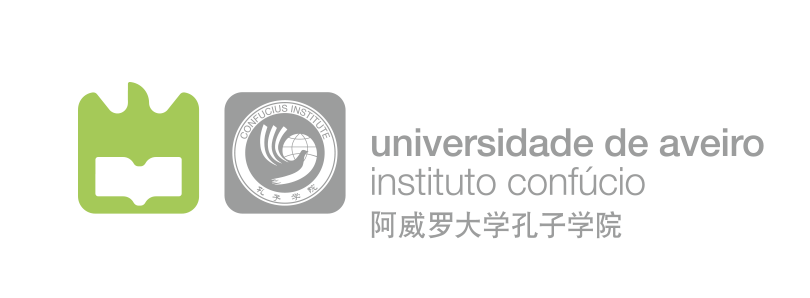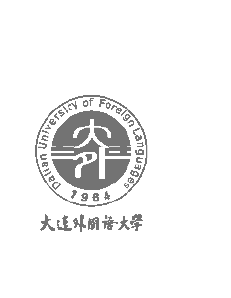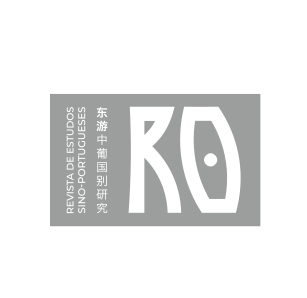Desafios ao plano do futebol Chinês: uma análise sobre as naturalizações de futebolistas
Resumo
Desde 2014, a China estabeleceu o objetivo de desenvolver sua indústria desportiva. A meta é fazer com que o setor represente 5% do PIB chinês até 2035. Por isso, em 2016, o desenvolvimento do futebol foi identificado como a força motriz do avanço de toda a indústria desportiva chinesa, como se verifica no “Plano de desenvolvimento do futebol a médio e longo prazo (2016-2050)” (中国 足球 中长期 发展 规划 [2016-2050 年]).
Há, entretanto, desafios que a China precisa de superar para lograr êxito neste plano. E isso se viu na recente naturalização de futebolistas visando à qualificação ao Mundial do Catar 2022. Este capítulo busca responder à seguinte questão: o recurso a jogadores naturalizados afeta o Plano de Futebol, nomeadamente o objetivo de desenvolver jovens talentos chineses de forma a construir uma seleção nacional forte?
Referências
Burlamaqui, L. (2015). Finance, development and the Chinese entrepreneurial state: A Schumpeter- Keynes – Minsky approach. Brazilian Journal of Political Economy, 35(4), 728–744.
Drucker, p. F. (2011). People and performance: the best of Peter Drucker on management. London: Routledge.
Hong, F., & Zhouxiang, L. (2012). Sport, Militarism and Diplomacy: Training Bodies for China (1960-1966). International Journal of the History of Sport, 29(1), 30–52.
Hwang, D.-J., & Chang, L.-K. (2008). Sport, Maoism and the Beijing Olympics. China Perspectives, 1.
Jabbour, E., Dantas, A., & Espíndola, C. (2021). China and Market Socialism: A New Socioeconomic Formation. International Critical Thought, 11(1), 20–36. https://doi.org/10.1080/21598282.2021.1886147
Jabbour, E., Dantas, A., Espíndola, C. J., & Vellozo, J. (2020). A (Nova) Economia do Projetamento: o conceito e suas novas determinações na China de hoje. Geosul, 35(77), 17–48.
Lai Lin, T. (2021). GDP share of sports industry in China from 2012 to 2019 with an estimate for 2020. https://www.statista.com/statistics/1131145/china-gdp-share-of-sports-industry/
Leite Junior, E. (2022). Beyond the football fields: Chinese sports diplomacy. In C. Amado Mendes & D. Cardoso (Eds.), Narratives and Perceptions: Chinese Soft Power in the 21st Century (1st ed., pp. 35–60). Lisboa: Centro Científico e Cultural de Macau.
Leite Junior, E., & Rodrigues, C. (2017). The Chinese football development plan: soft power and national identity. HOLOS, 5, 114–124. https://doi.org/https://doi.org/10.15628/holos.2017.5750
Leite Junior, E., & Rodrigues, C. (2019). The Chinese plan for football development: a perspective from innovation theory. Sport, Business and Management: An International Journal, 9(1), 63–77. https://doi.org/10.1108/SBM-10-2017-0067
Leite Junior, E., & Rodrigues, C. (2020). Belt, Road and Ball: football as a Chinese soft power and public diplomacy tool. In F. B. S. J. Leandro & p. A. B. Duarte (Eds.), The Belt and Road Initiative: An Old Archetype of a New Development Model. London: Palgrave Macmillan.
Leite Junior, E., & Rodrigues, C. (2021). República Popular da China: diplomacia do desporto e o intercâmbio com Portugal através do futebol (中华人民共和国: 通过足球的体育外交与葡萄牙交换生). In C. Morais, Z. Guo, J. A. H. Rangel, A. M. Ferreira, M. F. Brasete, M. Ran, & R. L. Coimbra (Eds.), Diálogos Interculturais Portugal-China 2, Vol. 1: Rotas e raízes de um diálogo distante (1st ed., pp. 375–395). Macau: Instituto Internacional de Macau | Instituto Confúcio da Universidade de Aveiro.
Leite Junior, E., Rodrigues, C., & Leite, E. (2019). Chinese Soft Power And Public Diplomacy: Football As A Tool To Promote China-Brazil Relations. Boletim Do Tempo Presente, 8(3), 194–214.
Liu, D. (2017). The Sports Industry: the Next Big Thing in China? Asia Dialogue. http://theasiadialogue.com/2017/04/14/the-sports-industry-the-next-big-thing-in-china/
Mao, Z. (1917). Comparative Elite Sport Development: systems, structures and public policy. https://www.marxists.org/reference/archive/mao/selected-works/volume-6/mswv6_01.htm
Mazzucato, M. (2018). The Entrepreneurial State: debunking public vs. private sector myths. New York: PublicAffairs. Nielsen Sports. (2016). China and Football.
Parsons, W. (2007). Políticas públicas: una introducción o lo teoría y lo práctica del análisis de politicos públicas (1st ed.). México: Flacso.
People’s Daily. (2017). China to build 50,000 football schools by 2025. People’s Daily. http://en.people.cn/n3/2017/0222/c90000-9181128.html
Plunkett Research. (2018). Plunkett Research Sports Industry. https://www.plunkettresearch.com/statistics/Industry-Statistics-Sports-Industry-Statistic-and-Market-Size-Overview/
Schumpeter, J. A. (1982). The Theory of Economic Development: An Inquiry into Profits, Capital, Credit, Interest, and the Business Cycle (1912/1934). Transaction Publishers.
Schumpeter, J. A. (2003). Capitalism, Socialism and Democracy. London: Routledge.
Secchi, L. (2013). Políticas Públicas: conceitos, esquemas de análise, casos práticos (2nd ed.). Boston: Cengage Learning.
Sullivan, J., Chadwick, S., & Gow, M. (2019). China’s Football Dream: Sport, Citizenship, Symbolic Power, and Civic Spaces. Journal of Sport and Social Issues, 43(6), 493–514. https://doi.org/10.1177/0193723519867588
Sullivan, J., Ross, T., & Wu, C. (2022). Representing the nation: exploring attitudes towards naturalized foreign football players in China. Soccer & Society. https://doi.org/10.1080/14660970.2022.2069100
Xinhua. (2021). Added value of China’s sports industry totals 1.12 trln yuan in 2019. People’s Daily. http://en.people.cn/n3/2021/0104/c90000-9805529.html106
Direitos de Autor (c) 2023 Emanuel Leite Júnior, Carlos Rodrigues

Este trabalho está licenciado com uma Licença Creative Commons - Atribuição 4.0 Internacional.
Os direitos permanecem com os autores.
Licença Creative Commons: Atribuição 4.0 Internacional.








